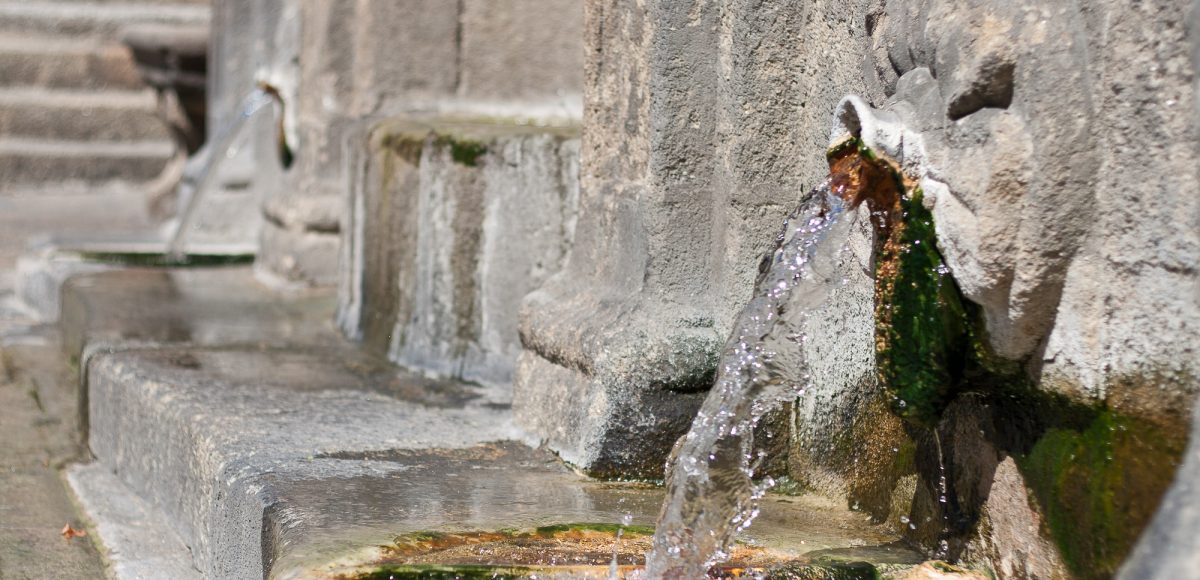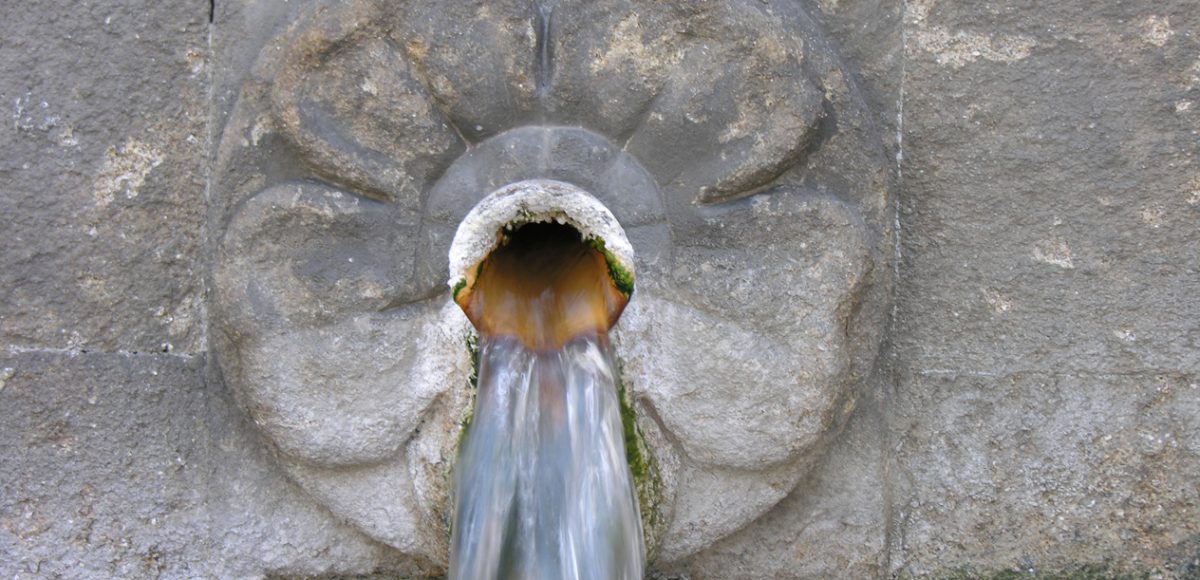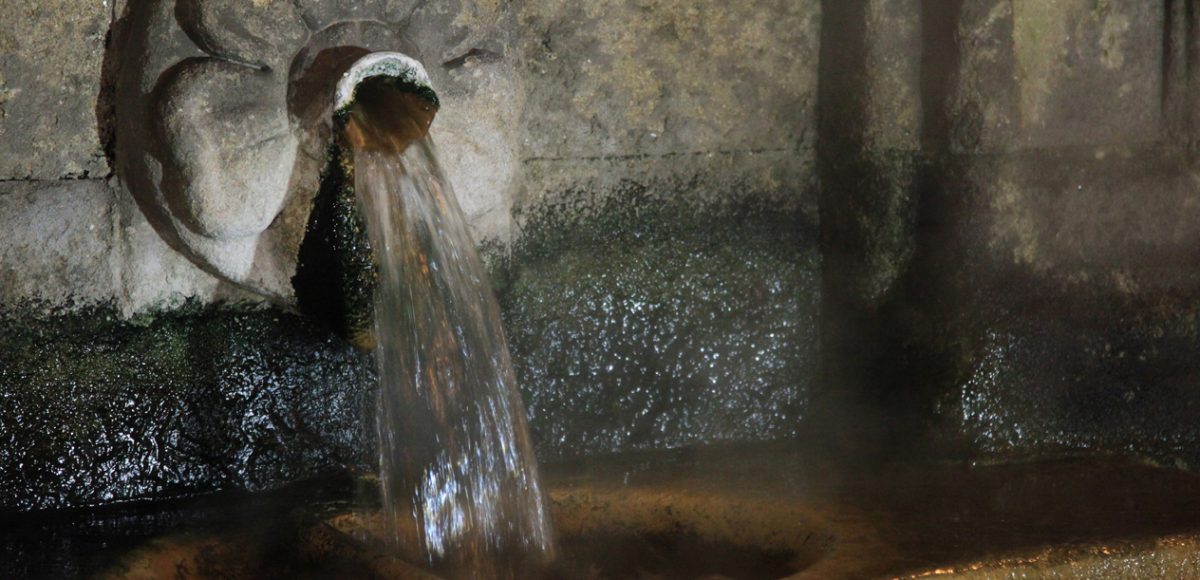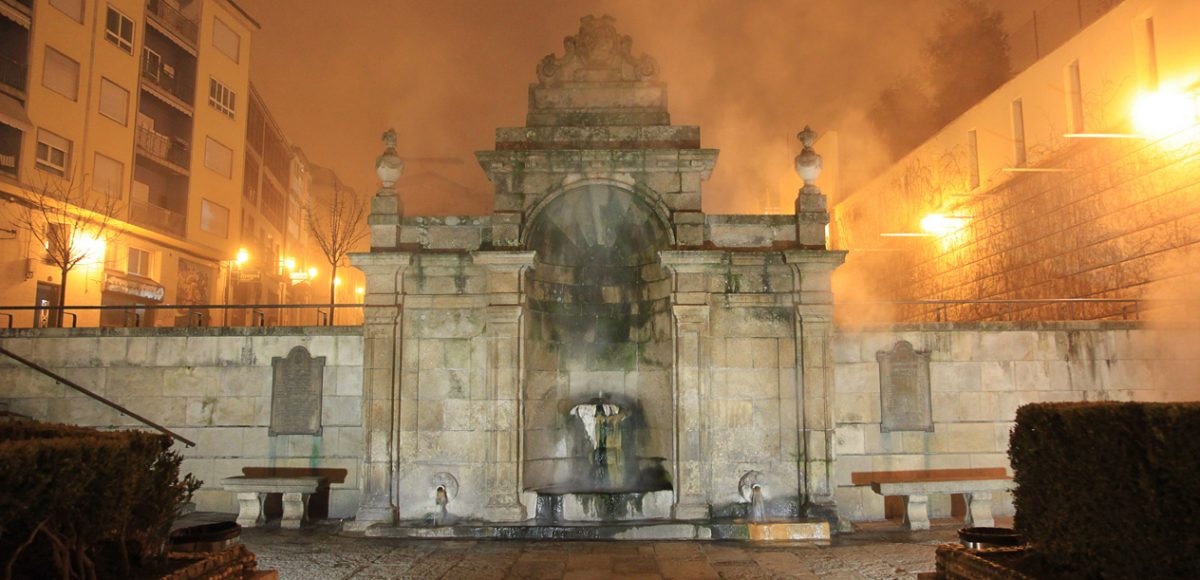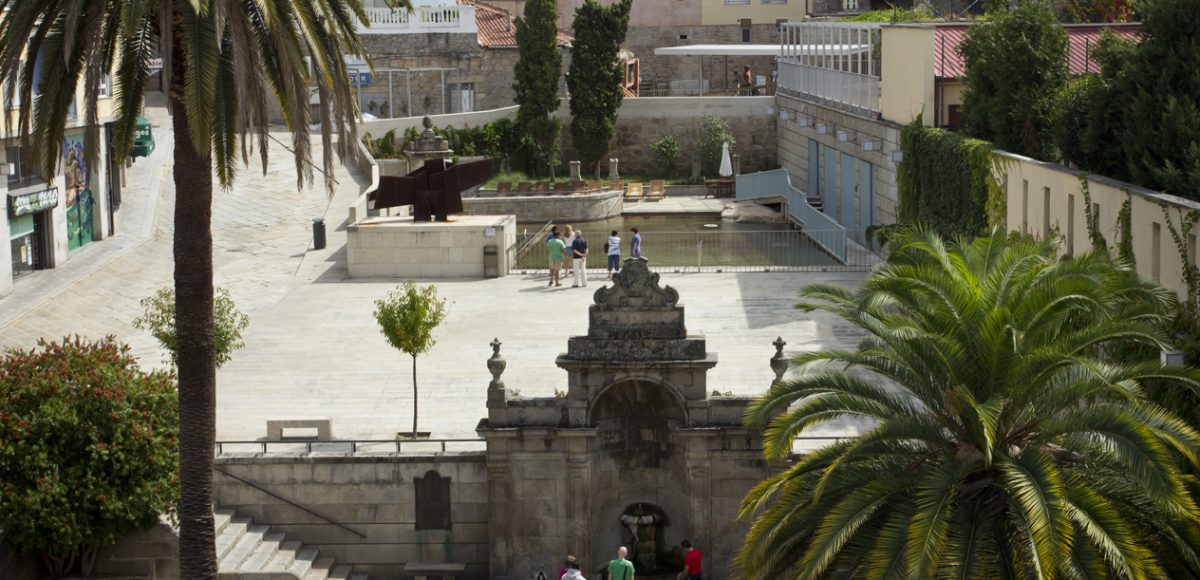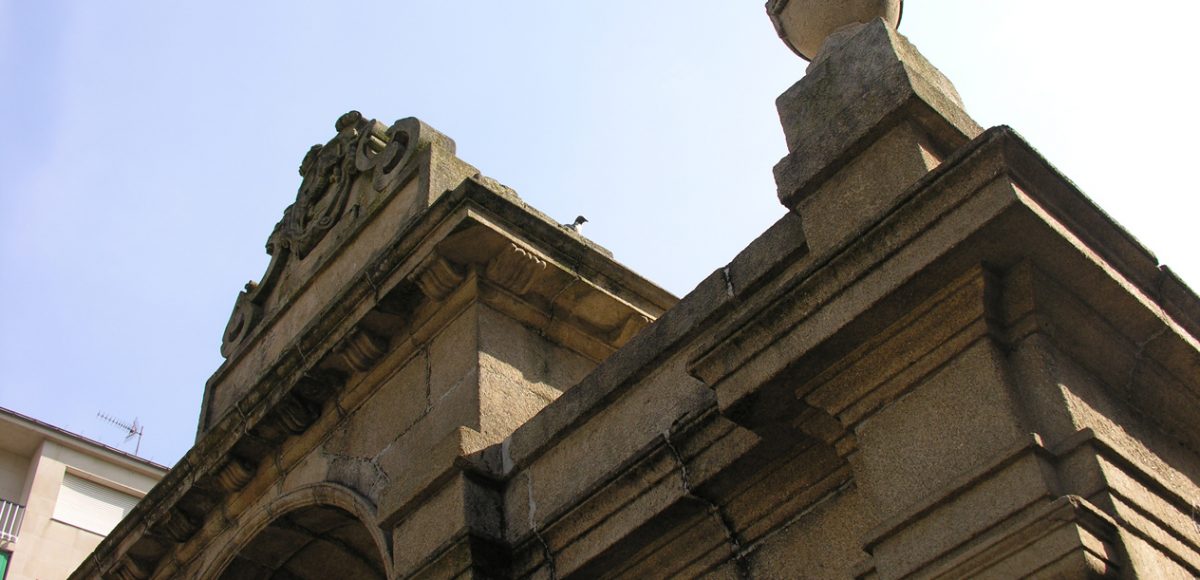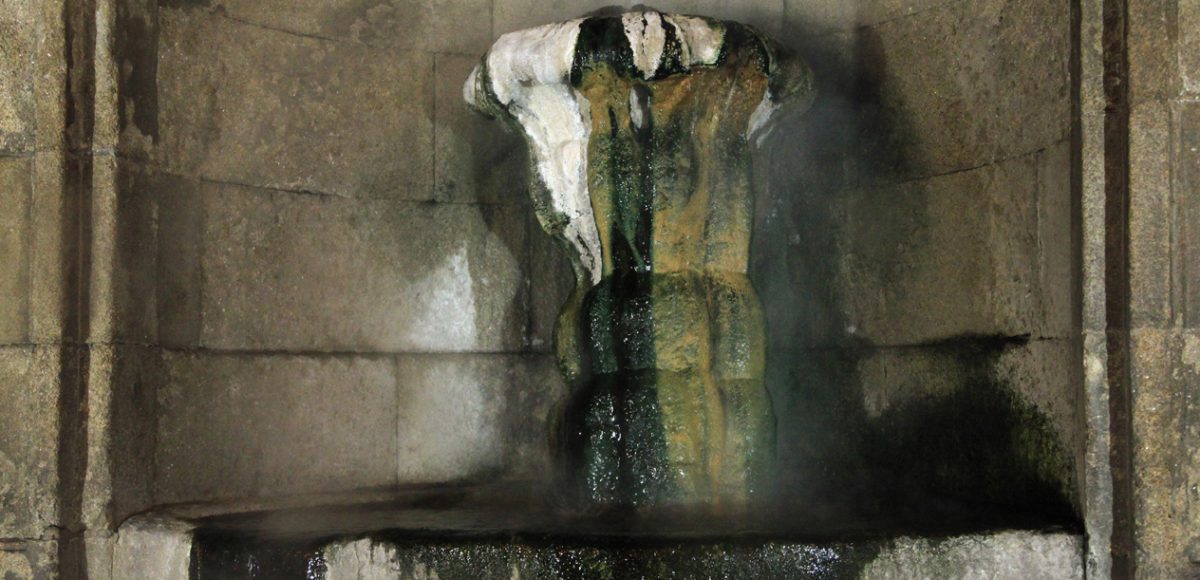
As Burgas
Rúa Burgas, 14, 32005
The origin of Ourense is related to these ancient sources flowing at more than 60 ° C.
You can not (or should not) leave Ourense without touching the water from these sources, one of the three “treasures” traditionally sung of the city: it comes from underground aquifers more than a kilometre deep and flows at +60° C. With these temperatures, it is not difficult to imagine the therapeutic, almost miraculous uses which had over time, along with other more practical. Its history dates back to the times of the Roman settlers, as evidenced by the archaeological remains found, which lead to the origin of the city.
This area is traditionally divided into three sections: the monumental fountain or “Burga de Abaixo” (Lower Burga), from the 19th century; the central esplanade, where the thermal pool is located; and the “Burga de Arriba” (Upper Burga), from the 17th century. In a promenade at the top level you can enjoy the archaeological remains found here, featuring a sanctuary-pool from the 1st century AD, and leading directly to the Thermal-Archaeological Interpretation Centre.
On the lower level, surrounded by the first public gardens in the city, you will find the recognizable silhouette of the “Burga de Abaixo”, a Neoclassic fountain attributed to master Trillo (19th century). It consists of two side pipes and a pile carved with a finial in the centre, crowned by the coat of arms of the city. It was designed as a nymphaeum, a dwelling for nymphs, evoking the Roman past of the area which was already suspected back then. On one side is the “Fervedoiro” (boiling pool), a square pond where you can see the water bubbling at boiling point. As a curiosity, note that its grating was installed on the occasion of the visit of King Alfonso XII in 1881.
The fountain is named in opposition to the “Burga de Arriba”, which is next to the thermal pool, more simple and popular but also oldest (17th century). In the grounds of the pool itself, there are four replicas of altars or votive stones found in the area, a proof of the ancient cult to the deities of these warm waters, whom their therapeutic properties are attributed to. The first one on the left stands out, in honour of the nymphs, including the name Calpurnia Abana, which for many years was considered the first recorded name in the annals of the city. The full story of these altars can be learnt in the neighbouring Interpretation Centre, essential to have a global view of what As Burgas have meant to the city.
The inscription in Calpurnia’s altar is also reproduced on a wall of the pool. Next to it, two modern sculptures: The Cloud House (Borrajo, 1989) and Calpurnia Abana (Acisclo, 1989).

